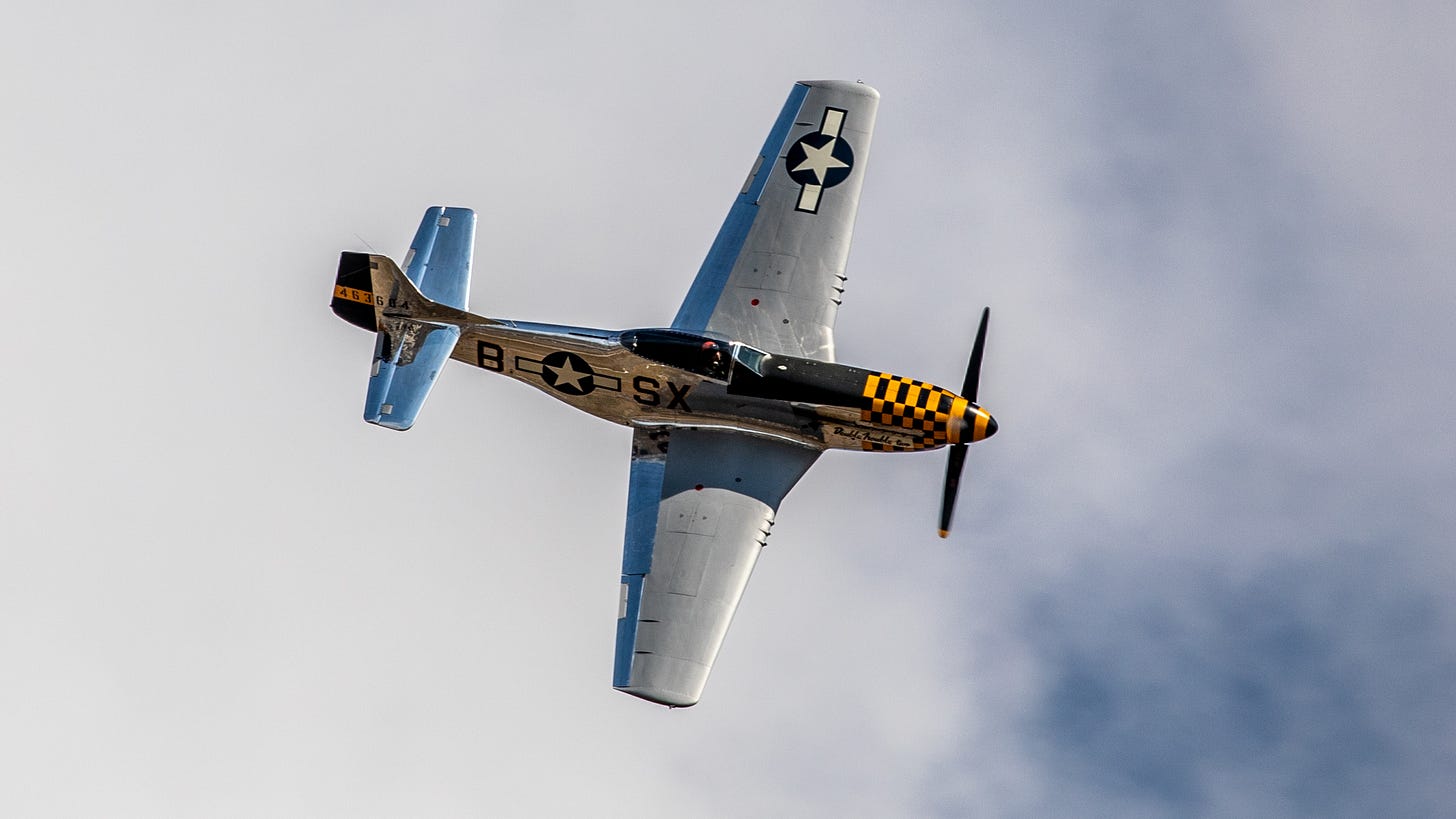Twin Crashes, Safe Crews — and the Rebirth of a Rocketplane
This week, the Navy’s oldest carrier faces twin aircraft losses in the South China Sea, while we look back to 1965 when the rebuilt X-15A-2 soared once more toward the edge of space.
“While every lost aircraft is a blow, the safe return of our shipmates is what truly matters.”
— Senior Navy official, speaking on condition of anonymity
Mission Briefing
The U.S. Pacific Fleet has confirmed that all five aircrew are safe following two separate crashes involving a MH-60R Sea Hawk and an F/A-18F Super Hornet from the USS Nimitz (CVN 68)—both occurring within thirty minutes of each other over the South China Sea.
Search and rescue teams from Carrier Strike Group 11 swiftly recovered the three helicopter crew members from Helicopter Maritime Strike Squadron 73 (HSM-73) and the two aviators from Strike Fighter Squadron 22 (VFA-22). All are reported to be in stable condition.
According to early reports, the Sea Hawk went down around 2:45 p.m. local time while conducting routine operations from the carrier. Roughly half an hour later, an F/A-18F Super Hornet also crashed after both pilots successfully ejected. The Navy has not yet confirmed what prompted the ejection.
The USS Nimitz, the Navy’s oldest active carrier, is nearing the end of what may be its final operational deployment. Having departed the United States in March 2025, the carrier recently completed a stint in the Fifth Fleet area—making a port call in Bahrain—before transiting back toward the Pacific through contested waters claimed by China.
While the safe recovery of all five crew is a relief, the back-to-back losses of two aircraft in a single afternoon underscore a troubling period for U.S. naval aviation, which has faced several high-profile mishaps in recent months.
Investigations into both incidents are now underway. The announcement was made via official U.S. Pacific Fleet social media channels, which are currently operating under restricted updates due to the ongoing U.S. government shutdown.
Here’s to hoping the shutdown ends soon - as of the writing of this newsletter (Monday morning) we are still in the midst of it.
This Week in Aviation History
3 November 1965 – Major Robert A. Rushworth flies the rebuilt X-15A-2 for the first time
In the high desert skies over California, Major Robert A. Rushworth took the controls of a resurrected legend — the X-15A-2, a heavily modified version of the rocketplane that had already rewritten the limits of flight.
After suffering serious damage in a landing accident, the Number 2 X-15 (Air Force serial 56-6671) was rebuilt by North American Aviation with ambitious upgrades. Engineers inserted a 28-inch fuselage plug ahead of the wings to make room for a liquid hydrogen tank designed to feed an experimental scramjet engine that would eventually mount beneath the aircraft. The modified airframe could also carry two large external fuel tanks, allowing for longer burns and higher speeds than ever before.
This first flight of the new configuration was an envelope expansion mission, intended to test the aircraft’s handling and the release behavior of the new tanks—empty for this test—during supersonic flight.
The X-15A-2 was carried aloft under the right wing of the Boeing NB-52A Stratofortress, tail number 52-003, nicknamed The High and Mighty One. At 9:09 a.m. Pacific time, Rushworth released from the mothership over Cuddeback Lake, marking the only X-15 launch ever conducted from that location.
Moments later, he ignited the Reaction Motors XLR99 engine, which thundered for 84 seconds, producing 57,000 pounds of thrust. The rocketplane climbed to 70,600 feet (21,519 meters) and reached Mach 2.31 (1,514 mph / 2,437 km/h).
The flight lasted just over five minutes, and despite the failure of a parachute on one of the jettisoned tanks, the test was considered a complete success. It paved the way for future flights that would push the X-15A-2 to record-shattering speeds, cementing its place in the story of hypersonic flight.
“It was the next step toward the edge of space—one more chapter in mankind’s race to go faster and higher than ever before.”
In Case You Missed It
What a second Raider flying means for the program:
Photo Outlet
Every issue of Hangar Flying with Tog gets you a free image that I’ve taken at airshows:
Feel free to use these photos however you like, if you choose to tag me, I am @pilotphotog on all social platforms. Thanks!
Post Flight Debrief
Like what you’re reading? Stay in the loop by signing up below—it’s quick, easy, and always free.
This newsletter will always be free for everyone, but if you want to go further, support the mission, and unlock bonus content, consider becoming a paid subscriber.
Your support keeps this flight crew flying—and I couldn’t do it without you.
– Tog





